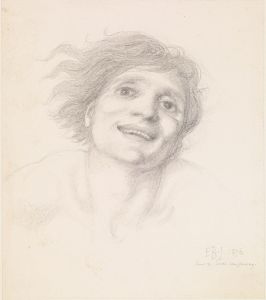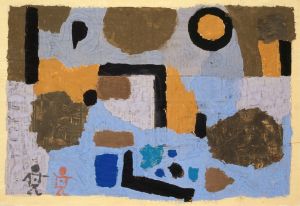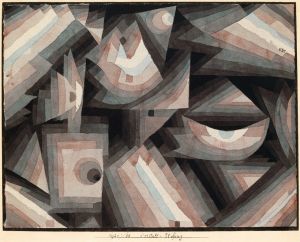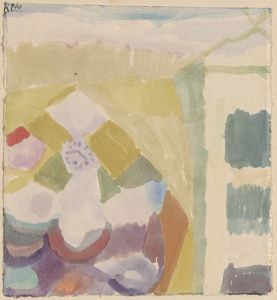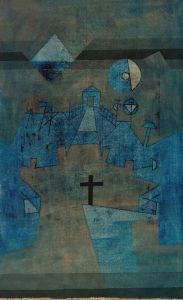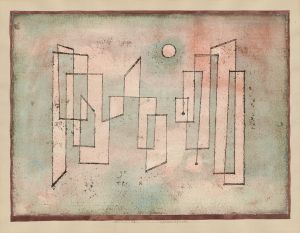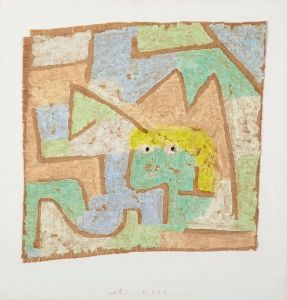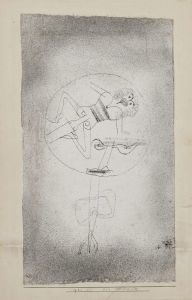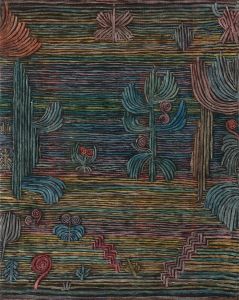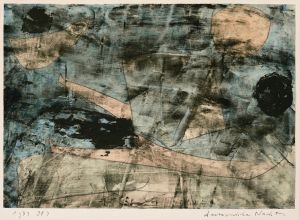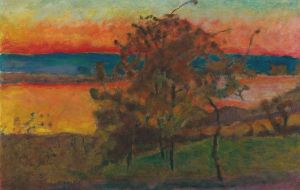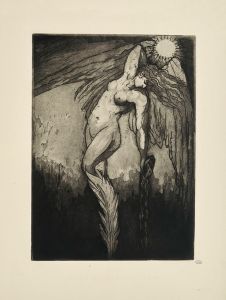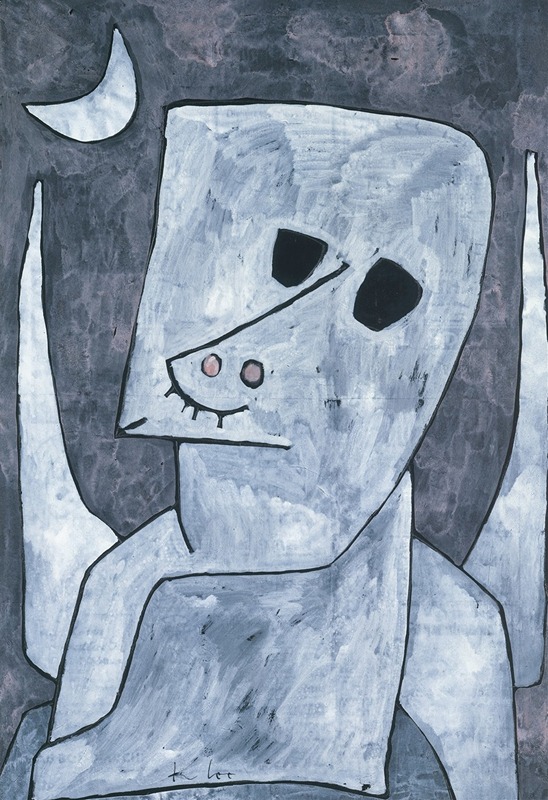
Angel Applicant
A hand-painted replica of Paul Klee’s masterpiece Angel Applicant, meticulously crafted by professional artists to capture the true essence of the original. Each piece is created with museum-quality canvas and rare mineral pigments, carefully painted by experienced artists with delicate brushstrokes and rich, layered colors to perfectly recreate the texture of the original artwork. Unlike machine-printed reproductions, this hand-painted version brings the painting to life, infused with the artist’s emotions and skill in every stroke. Whether for personal collection or home decoration, it instantly elevates the artistic atmosphere of any space.
"Angel Applicant" is a painting by the Swiss-born German artist Paul Klee, created in 1939. Klee is renowned for his highly individual style, which was influenced by movements in art that included Expressionism, Cubism, and Surrealism. His work often features a unique blend of abstraction and figuration, characterized by a playful use of color and line.
"Angel Applicant" is part of a series of angel-themed works that Klee produced towards the end of his life. This period was marked by significant personal and professional challenges, including his battle with scleroderma, a debilitating disease that affected his ability to work. Despite these difficulties, Klee's output during this time remained prolific and innovative.
The painting itself is relatively small, measuring approximately 18 by 12 inches. It is executed on paper using a combination of watercolor and oil transfer drawing, a technique that Klee frequently employed. The image depicts an abstracted angelic figure, rendered in Klee's signature style of simplified forms and geometric shapes. The angel is characterized by its large, expressive eyes and a series of lines and shapes that suggest wings and a body.
Klee's angels are often interpreted as metaphors for his own condition and his reflections on mortality and spirituality. The title "Angel Applicant" suggests a sense of transition or aspiration, possibly reflecting Klee's own contemplation of life and the afterlife as he faced his illness. The angel's expression is ambiguous, inviting viewers to ponder its emotional state and purpose.
The color palette of "Angel Applicant" is subdued, featuring earthy tones and muted hues. This choice of colors may reflect the somber mood of Klee's later works, which often convey a sense of introspection and melancholy. Despite the simplicity of the composition, the painting is rich in symbolism and invites multiple interpretations.
"Angel Applicant" is housed in the collection of the Zentrum Paul Klee in Bern, Switzerland, which holds a significant number of Klee's works and serves as a major center for the study and appreciation of his art. The painting is considered an important example of Klee's late style and is frequently studied for its thematic depth and technical innovation.
Klee's angel series, including "Angel Applicant," has been the subject of extensive scholarly analysis. Art historians have explored the ways in which these works reflect Klee's personal struggles, his philosophical inquiries, and his engagement with contemporary artistic trends. The angels are seen as a culmination of Klee's lifelong exploration of the intersection between the visible and the invisible, the material and the spiritual.
In summary, "Angel Applicant" is a poignant and thought-provoking work that encapsulates the essence of Paul Klee's artistic vision. It stands as a testament to his resilience and creativity in the face of adversity, and it continues to resonate with audiences for its emotional depth and artistic ingenuity.





